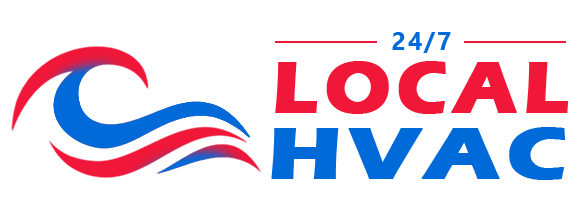Proper Ice Machine Cleaning and Maintenance
CLEAN COMPLETELY
When cleaning an ice machine, disassemble, soak, and hand-clean as many components as possible. Remove all ice and clean and sanitize the storage bin, as well. Clean the underside of the machine, all drain lines, and the outside of the bin or dispenser. Sanitize completely using quaternary ammonia. Mix some in a spray bottle and spray all surfaces at the completion of your service and allow it to dry on its own. Do not rinse it off. This will help deter bacterial and biofilm growth. Any growth left in drains, bins, or dispense areas will cause regrowth at a much faster rate. Clean and flush completely.
USE APPROVED CHEMICALS
Mix up a new batch of cleaner and re-clean, as necessary. Never mix different cleaners together or add more to a mixed solution. Remember, as with all chemicals, follow the material safety data sheet (MSDS) guidelines for personal protective equipment, and be aware of how to treat exposure. Be prepared to properly clean up any accidental spills. Safety glasses or goggles and long chemical gloves are a must.
CLEANING TOOLS
Nylon brushes, toothbrushes, and mild abrasive pads can all be used. Avoid using anything that might scratch or mar any surfaces, because any place that is scratched or marred will allow scale and bacteria a place to grab onto and grow. For cleaning out hoses and crevices, specialty brushes can be obtained. One source is your local music store – the brushes used for cleaning out trombones and French horns can be used for cleaning out hoses and drain lines.
Another way of dislodging debris in drains is to adapt a hose fitting to ¼-inch poly tubing and putting about a 6-foot length of tubing down the drain line to flush it out. This works well on reach-in and walk-in refrigeration units, as well. Remember, you are not just trying to make sure these lines drain — you are ensuring they are flushed out completely in order to prevent regrowth.
ALTERNATIVE TREATMENTS
Ultraviolet lights, chlorine sachets, ozone water treatment, and other technologies are available both as OEM accessories and as aftermarket kits. These devices are designed to inhibit bacterial and biological film growth, though they’ll generally do nothing for scale buildup. Many manufacturers have developed special plastics that inhibit microbial growth, as well, so make sure any aftermarket devices will not void any warranties. In most cases with newer machines that have the antimicrobial plastics, it is not usually necessary to add anything beyond regular maintenance to keep machines clean. Exceptions are where airborne yeast is present, such as in bakeries, sandwich shops, and pizzerias. Also, be aware that any exposure to beer causes an increase in bacterial growth and increases the risk of contamination.
RUN A PRODUCTION CHECK
Remember, the most important thing is to deliver quality ice to customers with no imperfections or contamination. After cleaning an ice machine, it’s a good idea to run a production test to ensure the machine is working properly. It’s also a good idea to take before-and-after pictures, as well.
To run a production test for a cuber, simply time, catch, and weigh a batch of ice and record the air temperature entering the condenser and the water temperature. Convert time to a decimal (for example, 14 minutes and 30 seconds would be 14.5) divide that into 1,440 (the number of minutes in a 24-hour period) and one will arrive at the number of cycles per day. Multiply that by the weight and that will give total production for a day. Compare this to the manufacturer’s published production for the ambient and water temperatures
For a nugget or flake ice machine, it is even easier. Catch ice for 15 minutes and weigh. Multiply by four and then again by 24 and that will total the 24-hour production that can then be compared to the manufacturer’s specifications for the given ambient and water temperatures.
After ensuring proper operation, a tech may need to coach the customer on proper ice management. Remind them not to waste ice. Explain to them to fill all drink stations and bar boxes at the end of the night and first thing in the morning and to rake the ice down afterwards to ensure the machine is running 24 hours a day. This will ensure maximum production, especially during high summer demand.
By making sure the proper water filtration is in place, cleaning the equipment properly and regularly (generally every six months), and educating customers on how to get the most out of their ice machines, a company can provide exceptional service and help eliminate one of the industry’s customers’ biggest headaches: running out of ice. In addition, a tech can ensure customers are receiving quality beverages, as well.
DON’T DELAY YOUR COMFORT! Contact Vasi for all your Ice Machine problems! Residential & Commercial.


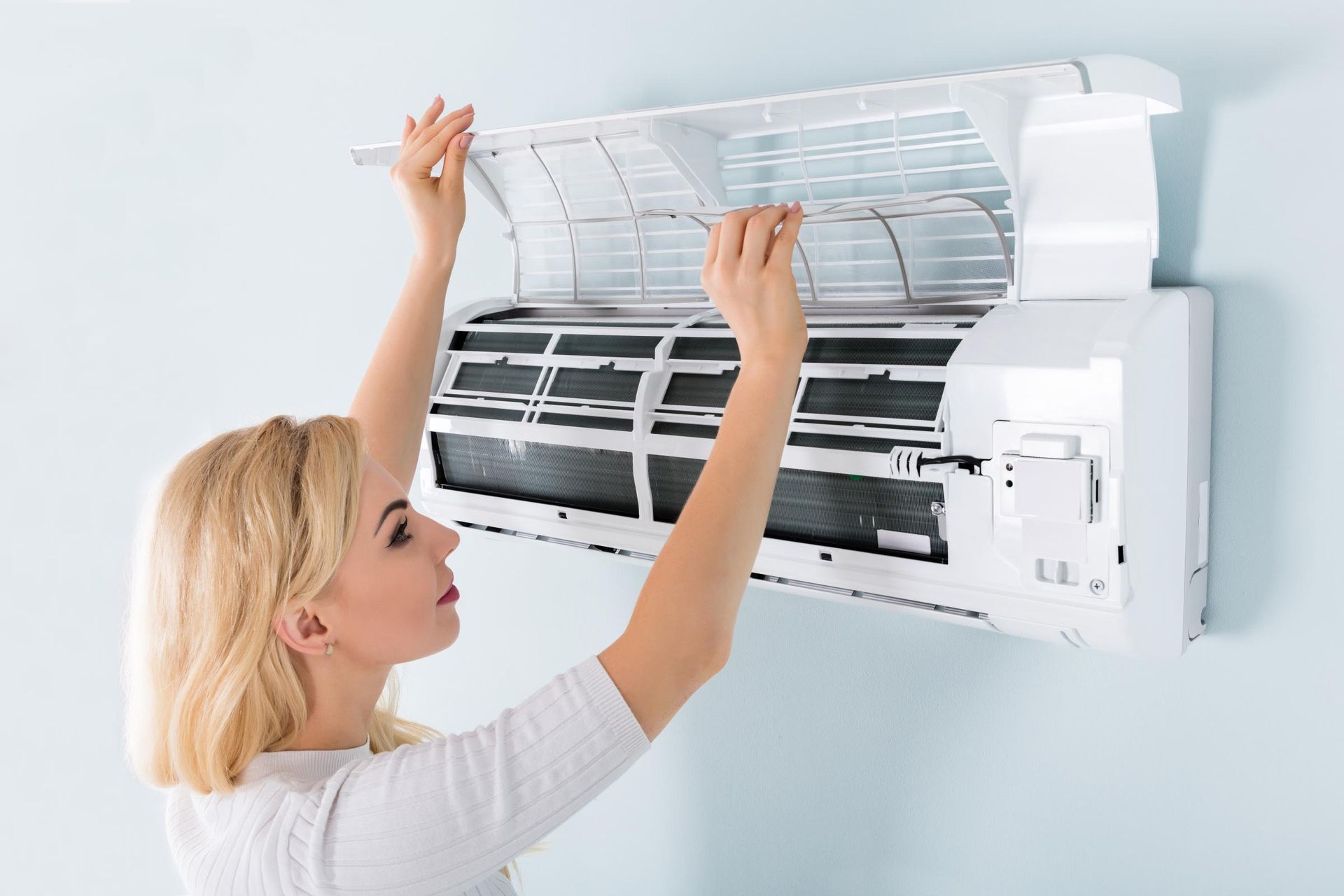
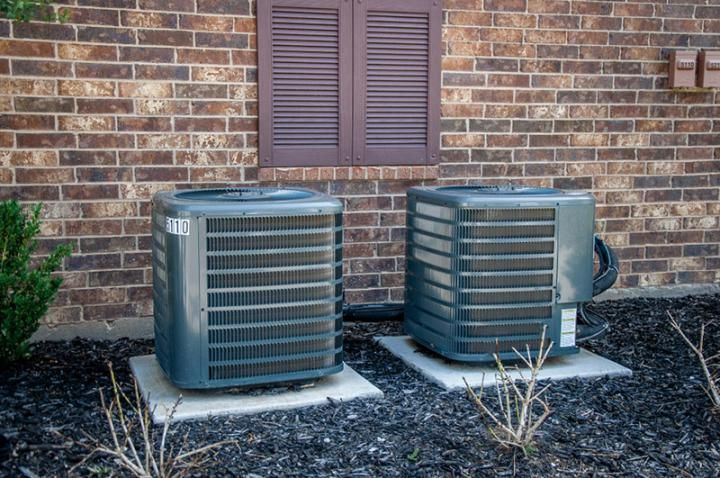

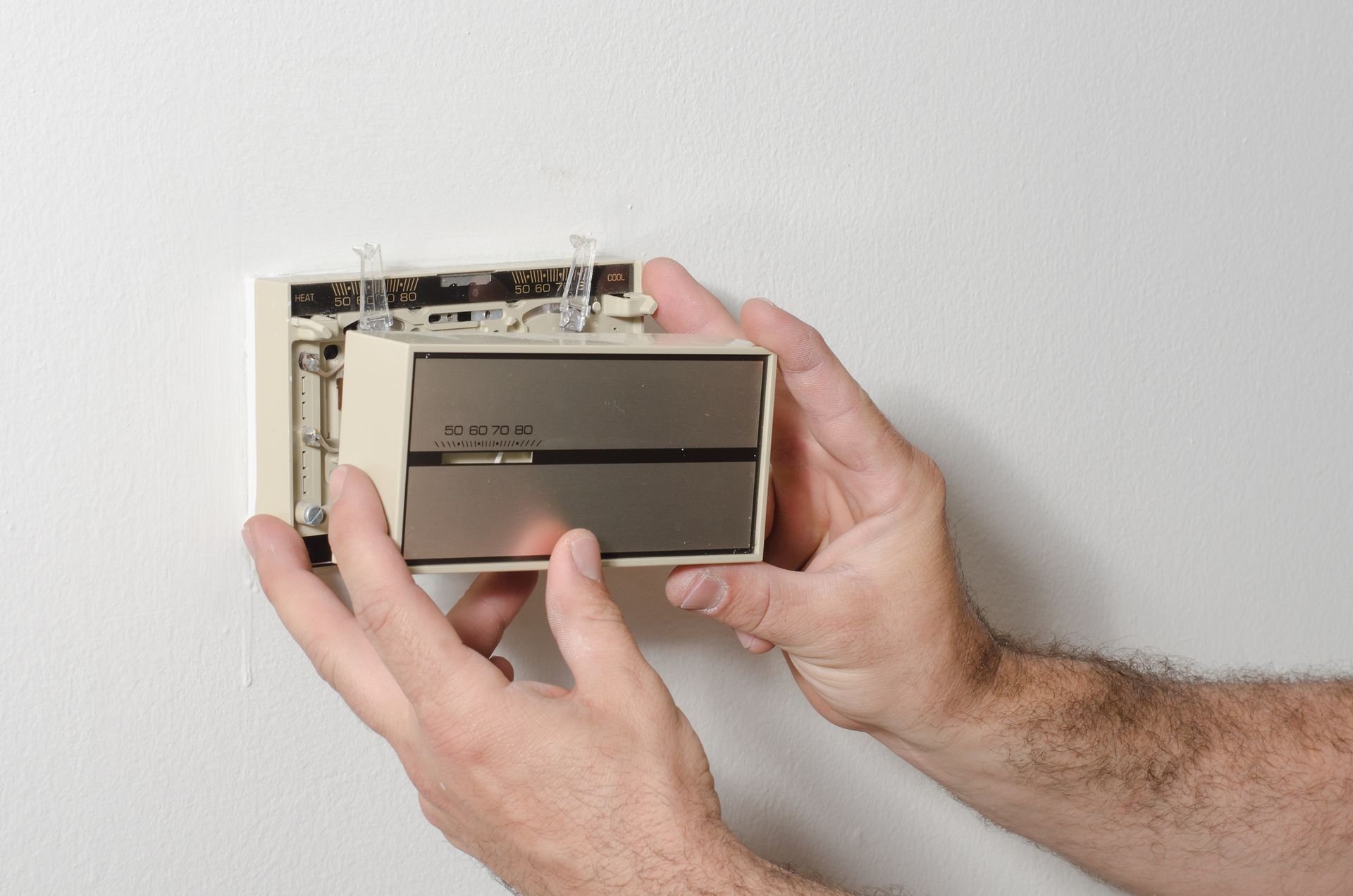

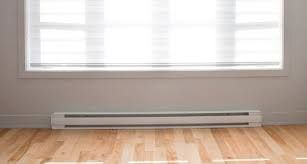
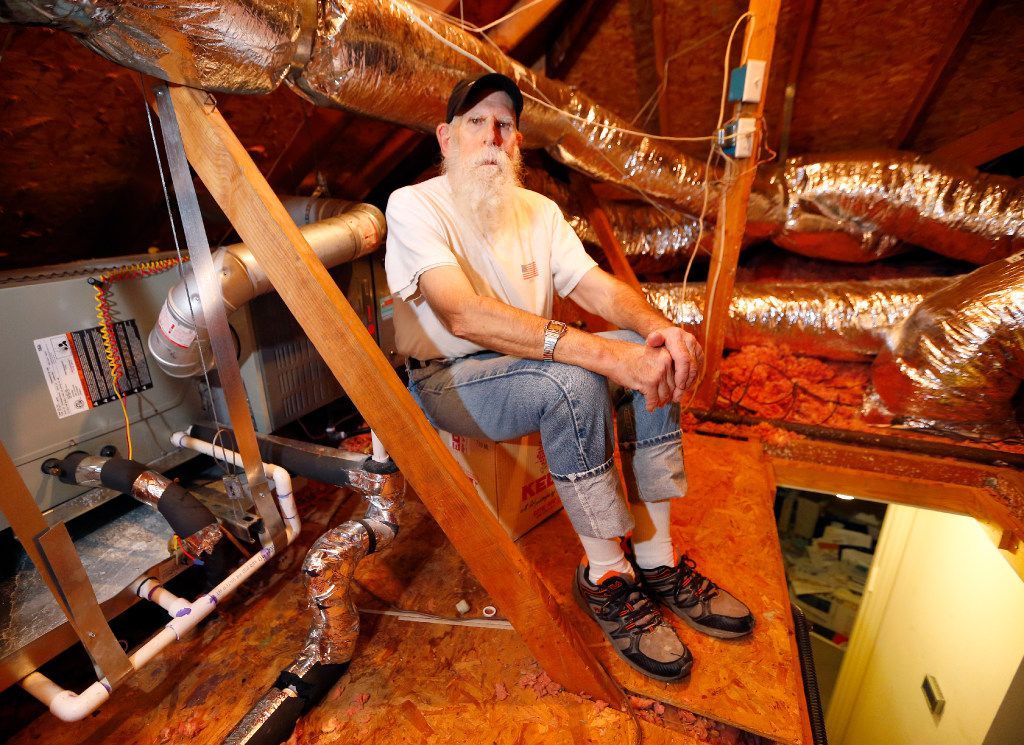

At 24/7 Local HVAC, we specialize in facilitating connections with top-tier HVAC professionals. Our focus is on bridging the gap between you and reputable HVAC companies operating within your local vicinity. It's important to emphasize that each of these HVAC entities functions independently and autonomously.
We firmly place the onus on every individual user to meticulously verify that any selected HVAC company aligns with the mandated licensing and insurance prerequisites stipulated by the governing authorities in their respective jurisdiction.
Furthermore, it's worth noting that our services may regrettably not cover all geographical areas. In instances where our services are available, the scope of offerings could potentially differ based on the composition of service providers present within that particular region.

